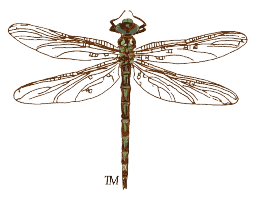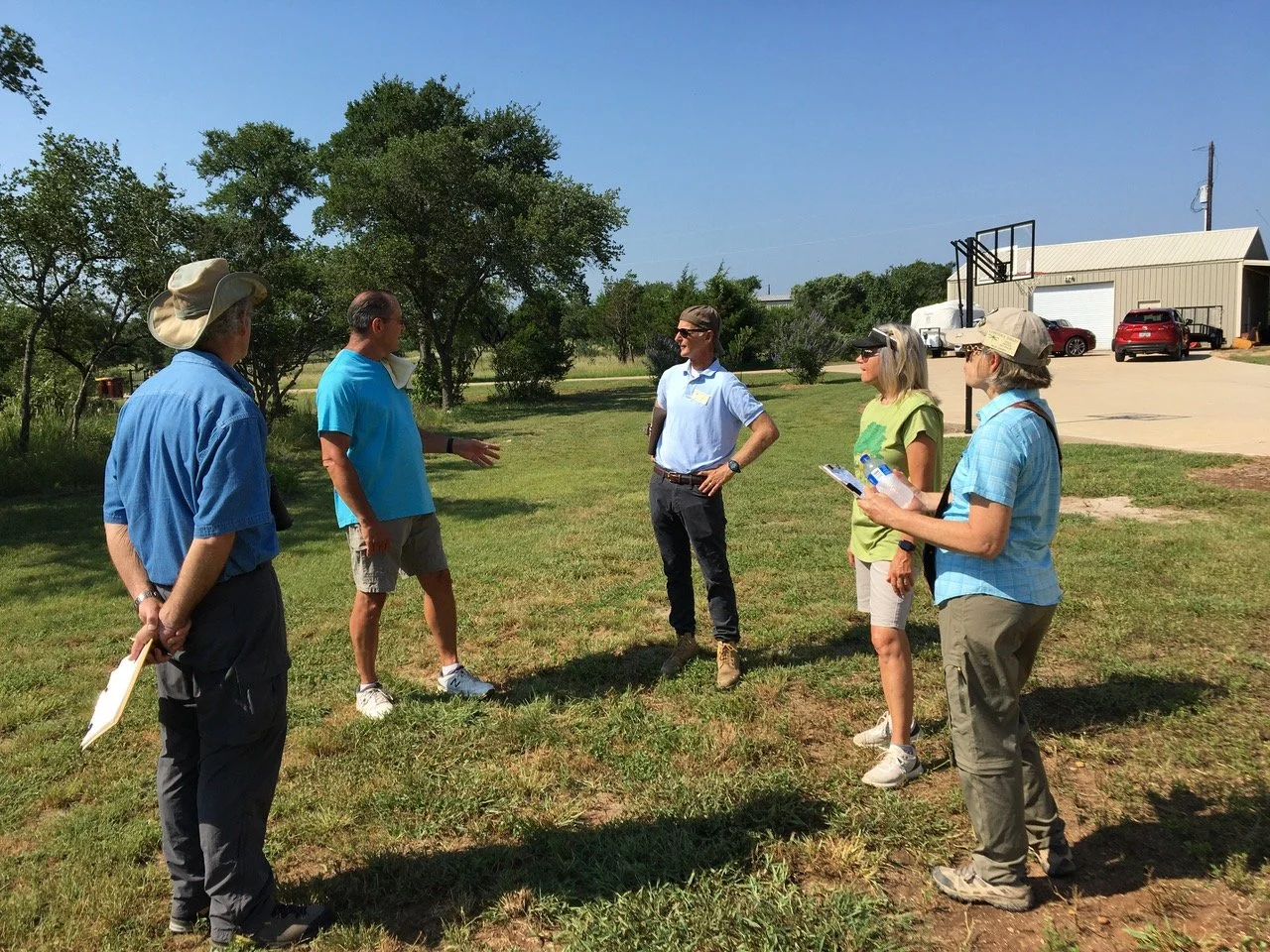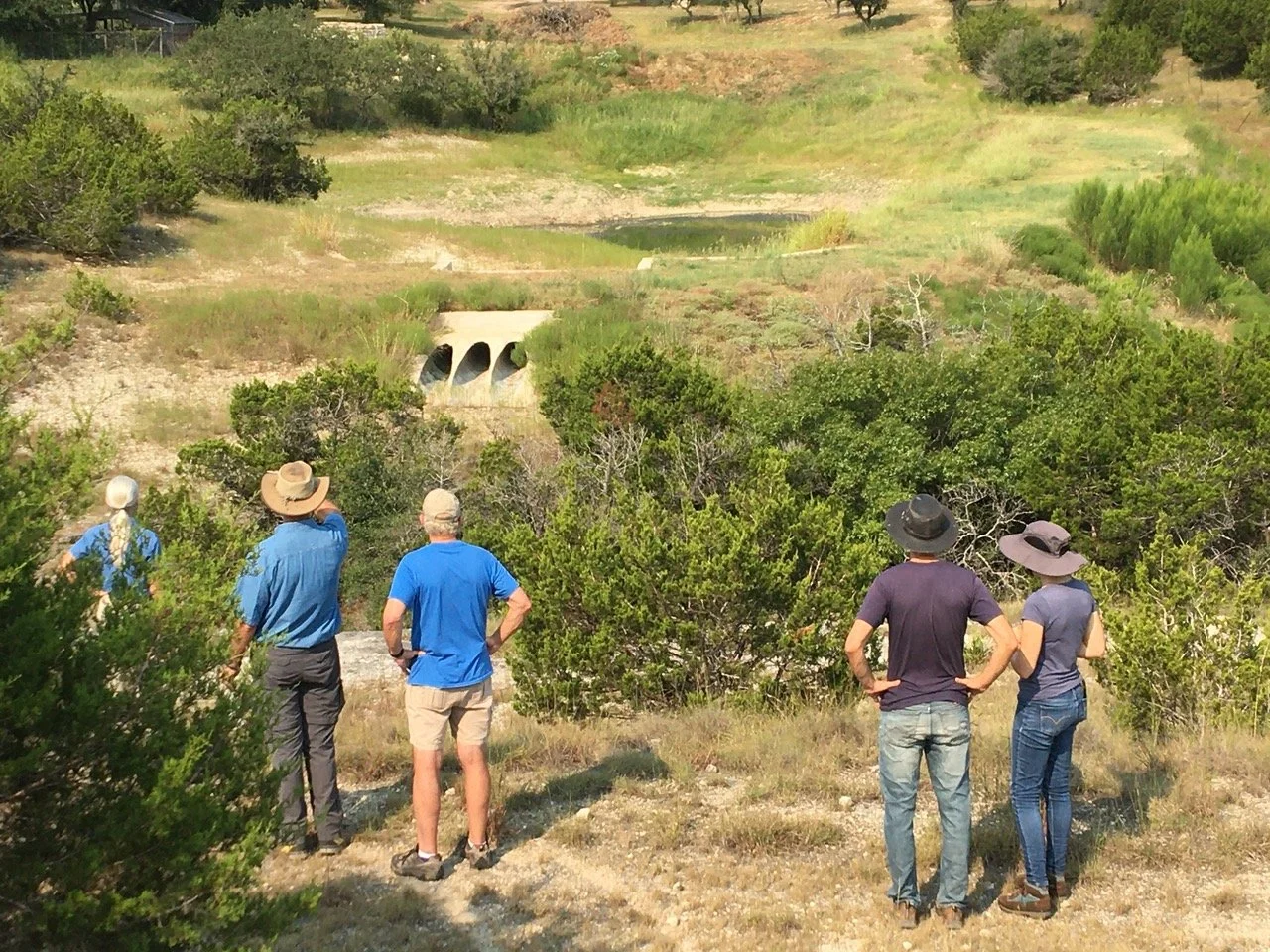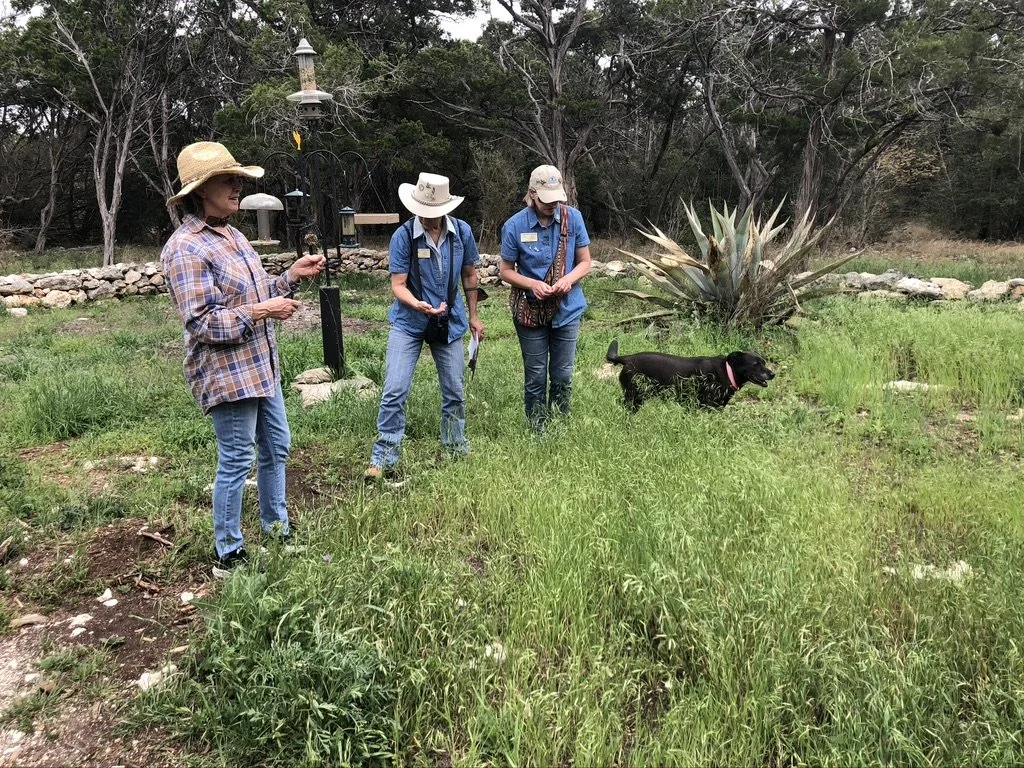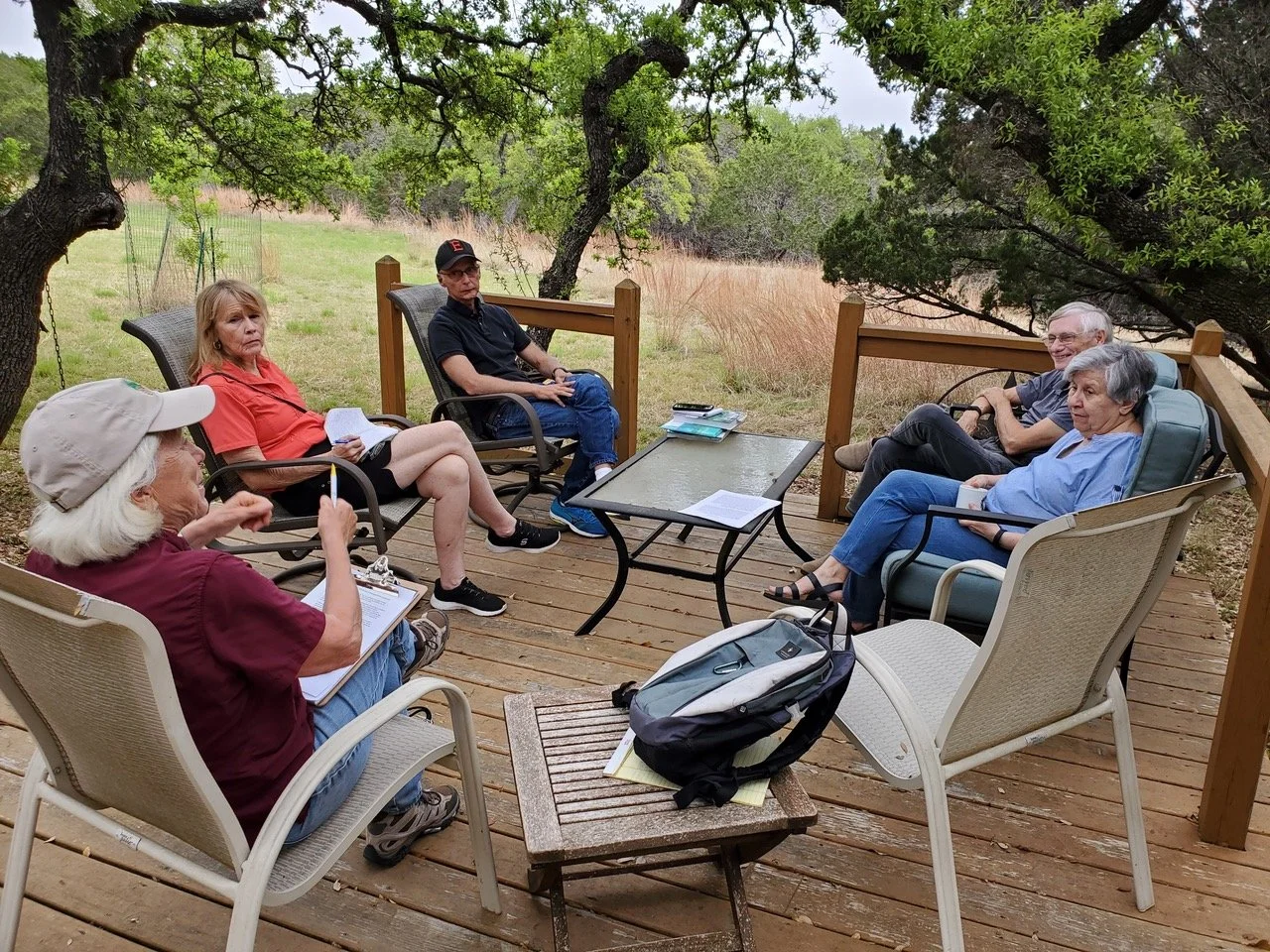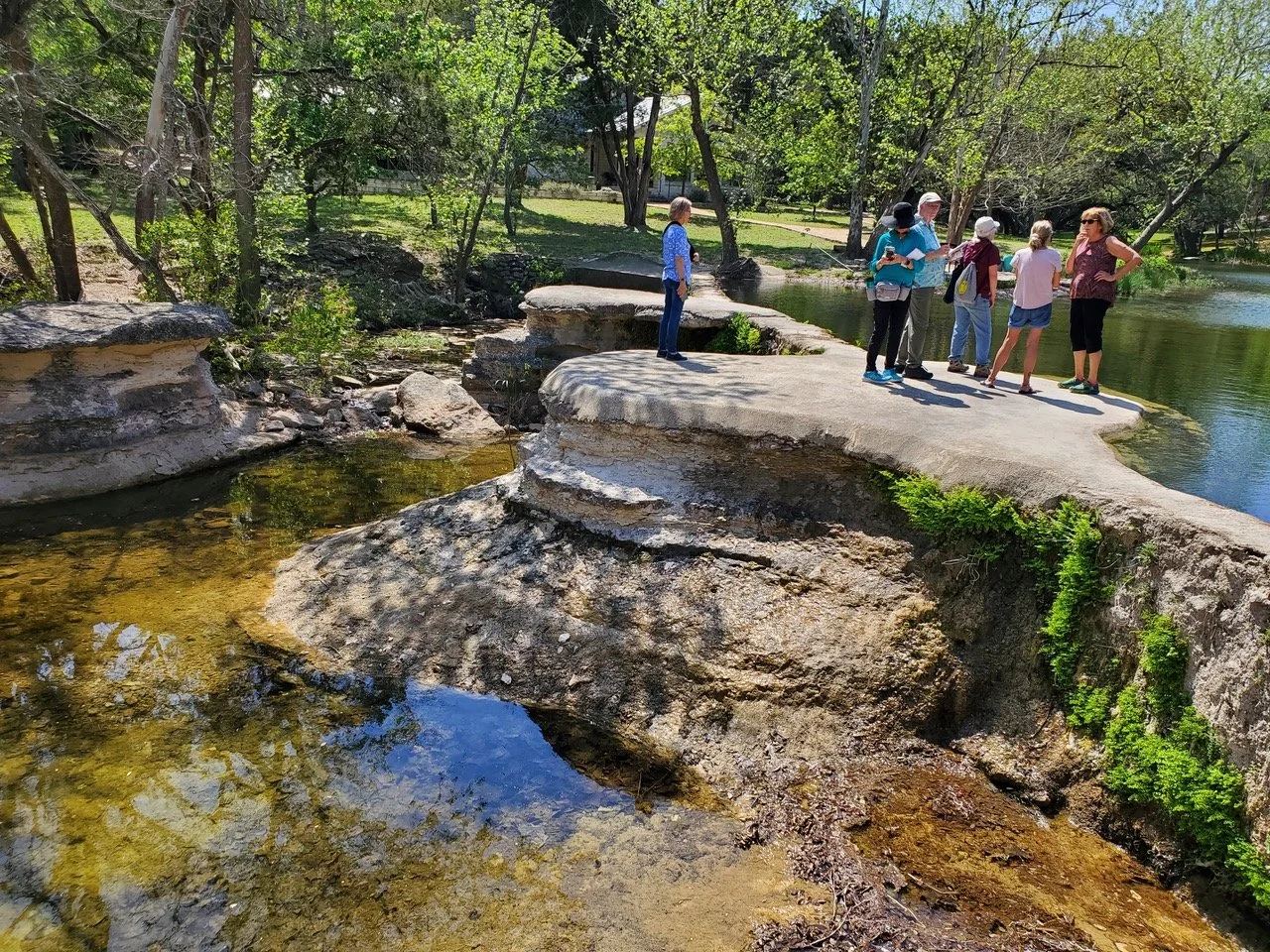Habitat Enhancing Land Management (HELM)
Want to know more about managing your Hays County acreage?
We can help. As part of our HELM program, the Hays County Master Naturalists have assembled a specially trained team. Our volunteers will walk your property with you to identify plants and trees. We will make recommendations on improving soil and controlling erosion. We can provide helpful advice on attracting birds and other wildlife, preventing oak wilt, and much more. Through our visit and follow-up, we will provide friendly, customized guidance to help you meet your goals for managing your special property.
To request a visit complete and submit this HELM VISIT REQUEST FORM. A Hays County Master Naturalist will promptly contact you to schedule a convenient time for your visit.
Learn more - The HELM NETWORK NEWS
